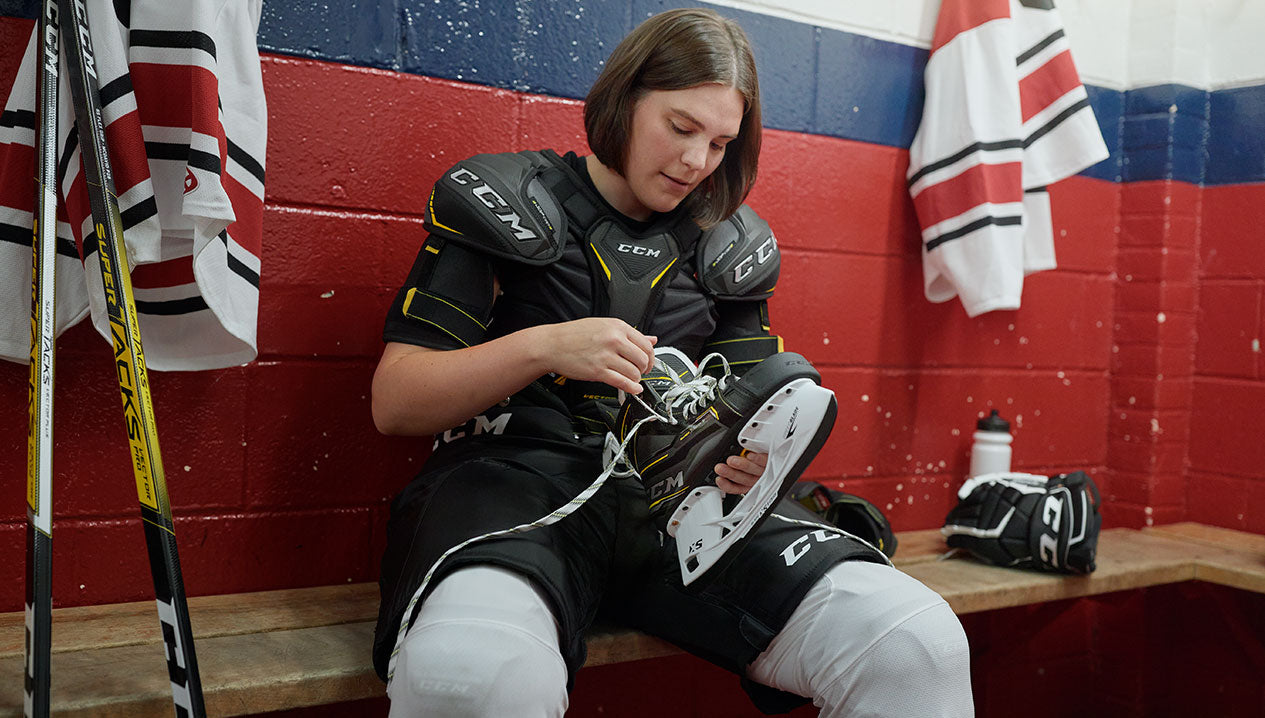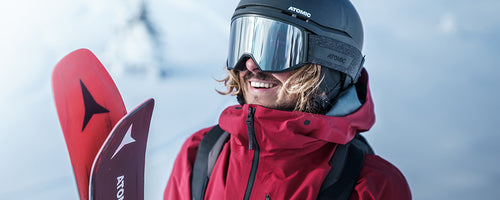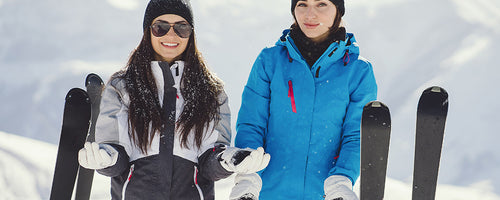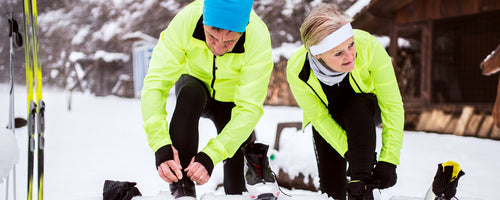How To: Choose a Ski Pole
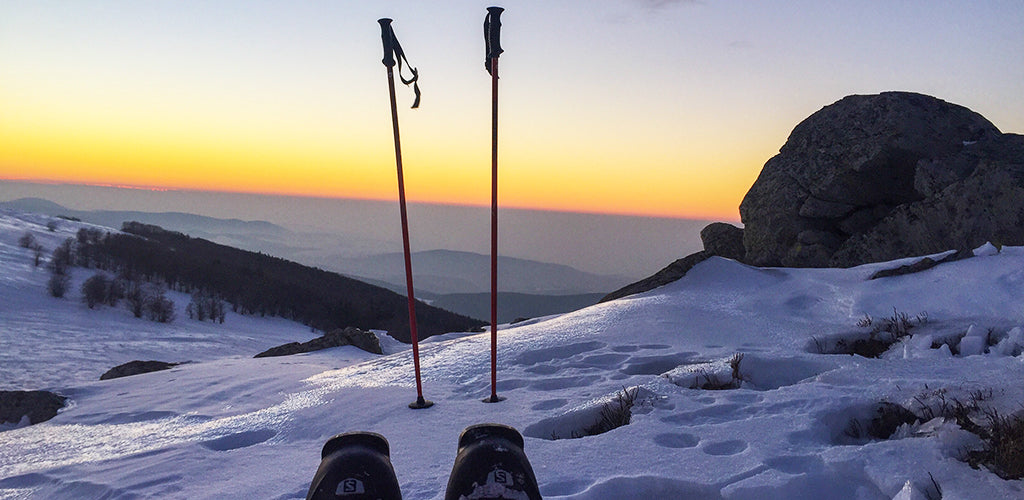
Whether you are a recreational downhill skier, racer, Nordic skier, park skier or ski mountaineer, ski poles are designed to help you with balance, maneuverability and propulsion.
Planting your poles when downhill skiing will help initiate your turns as well as keep your body square to the bottom of the hill, which will improve your balance. Poles are equally important for keeping your momentum when traversing across flat terrain. There are several styles of poles that are specific to types of skiing:
Nordic (or cross country)
These poles are longer so you can reach far in front of you to create glide with each stride. Nordic poles feature a large snow basket to prevent your pole from sinking too deeply in the snow, especially on ungroomed trails. To size a Nordic pole, stand with your arm extended from the side of your body at a 90 degree angle; the top of the pole handle should come to your arm pit.
Recreational Downhill
To measure recreational poles, turn the pole upside down so the basket is at the top, and grip the pole under the basket. Your elbow should be in a 90 degree angle. Children or young beginners normally do not need poles, as it is important for them to learn balance and technique instead of relying on and trying to manage the poles; adding poles too soon can hinder their progression. Basket size can vary depending on whether your terrain is groomed runs or back country skiing in powder.
TIP: Put on ski books when measuring ski poles for accuracy.
Downhill Racing
Race poles are very recognizable by the curve or bend at the bottom end. This design allows a race to tuck the poles in tightly and conform the to the body shape to improve aerodynamics for split second timing.
Park
Shorter than downhill poles, park poles allow you to rotate easily when doing flips, rails or jumps. More durable to stand up to heavy use and impacts, park poles have a wider grip for maximum grip and balance while you are catching air.
Telescoping poles
Used by mountaineers, the pole length can be adjusted for uphill cross-country climbs or shortened for mountain descents. The pole should adjust from your waist height to just above your armpit for effective striding.

A wrist strap will allow you to keep the poles with you should you take a fall – there is nothing worse after a fall than to see your gear lying up the slope above you. To properly use a wrist strap, insert your hand up through the strap, then grip the strap with your thumb and around the pole. Always make sure you are using the wrist strap when skiing downhill, but when on the chair lift, remove your hands from the straps and hold the poles in one hand – this reduces the chance of the poles getting dragged under the chair and bending.
TIP: When trying on wrist straps, make sure you wear a ski glove to get the proper adjustment.
No matter which type of pole you are using, the correct size will make an immediate impact on your performance. Poles that are too long will drag, trip you up, put you off balance and interfere with pole planting because you will have to lift it higher to place it. Poles that are too short will force you to lean over, upsetting your centre of balance.
Most ski poles are made of aluminum or carbon fiber. Aluminum is great for recreational skiers because it is less expensive and available in a wide range of sizes. Carbon is preferred for performance skiers, as it is lighter and has a better strength-to-weight ratio.
Poles should be replaced when bent or outgrown. Baskets can often be easily replaced if broken.
Pole Etiquette
- It’s all fun and games until someone loses an eye – don’t point your poles or wave them around.
- Don’t put the point of the pole on your (or someone else’s) skis. They will scratch.
- Use your pole to release your boot from the binding.
Did you know?
The term for taking a spill on the hill and leaving a trail of equipment behind you is called a “garage sale”.
Your Source For Sports ski shop can get you outfitted with poles that will help you ski comfortably and efficiently, no matter what type of skiing you do.
For expert advice on Ski, Snowboard, or everything Winter, come see us at your local Source for Sports winter sports store near you. We'll find the equipment that is right for your experience, level of skill, and budget. We Fit Your Game.
Join Source Nation to get the latest news on product launches, Source Exclusive product lines, tips and tricks for parents and players, and more!
